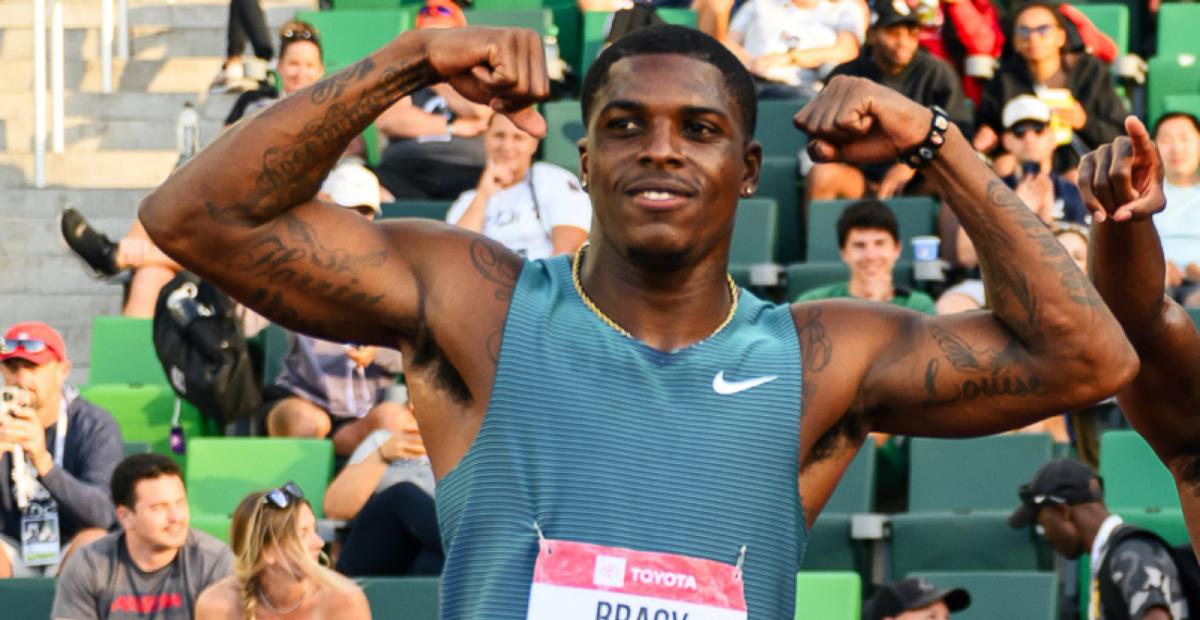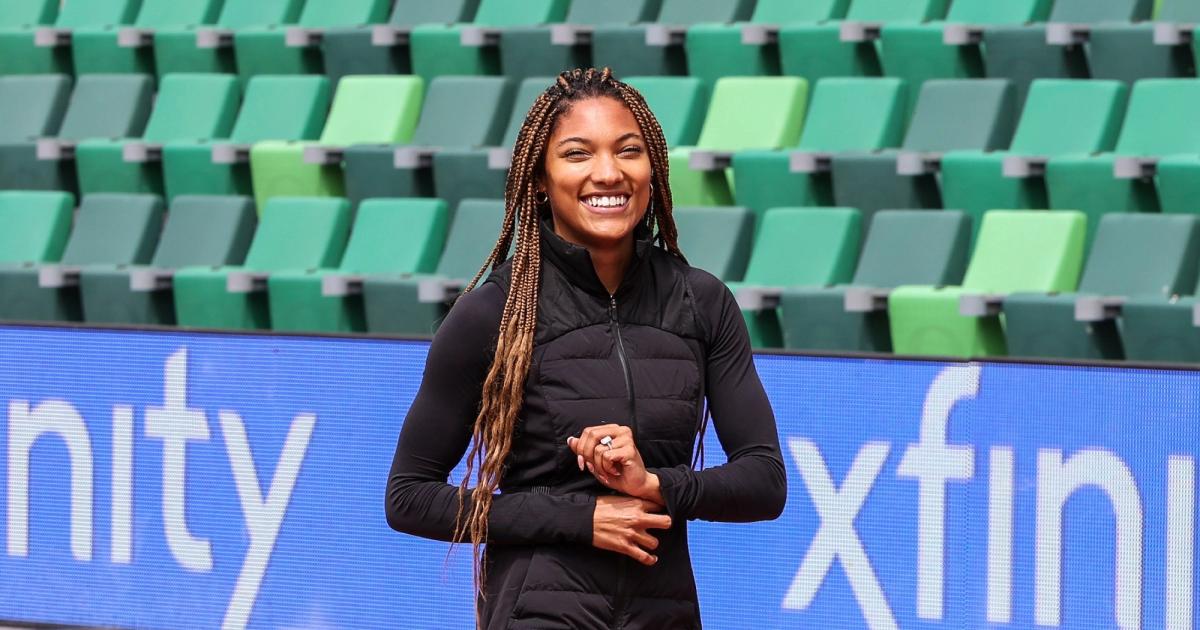By Kyle Merber
May 10, 2023
One of the coolest features of all Sound Running and Tracklandia productions is that it doesn’t require taking a blood oath to watch. With their $5.99 pay-per-view model, fans can tune in to watch the live stream knowing that $4 of each purchase is going directly to athlete prize pools. I will talk to my accountant about writing this off as charity and short of that I expect St. Peter to eventually recognize my good deeds.
As I write this I am on a 6 AM flight back the morning after in hopes that my daughter has not forgotten me, and I am once again listening to the Joe Pomp Show. Ol’ Professor Pomp provided some insight into how the various major sports leagues share playoff ticket revenue, and I thought it would be helpful to share that context.
- NBA - Teams receive 75%, League receives 25%
- NHL - Teams receive 65%, League receives 35%
- MLB - Teams receive 40%, League receives 60%. Teams receive 100% of late-series ticket sales
- NFL - League receives 100%, Teams receive concessions and parking
If we’re treating Sound Running as a league here, the athletes have a – percentage-wise – pretty great deal here. Except that in track and field, there are no franchises for World Athletics to pay. And there are too many meets, athletes, and races to ever keep track of.
The infrastructure of the sport isn’t changing any time soon. There is no reason for the powers that be to implement any significant overhauls because they’re doing fine – not thriving, but it’s not a bad life. It’s the Region-Beta Paradox.
There’s always gonna be a new wave of aspiring world-class athletes chasing their dreams, willing to do their thing on the cheap – or pay their own way, in many cases – in order to achieve them. Like Russian soldiers in World War II, there is an infinite population primed and ready to send into battle. Too soon?
And so I won’t hold my breath waiting for a league or franchises, but money moves mountains and if the sport would benefit from athletes racing each other more often, then there might be a better way to create incentives than strictly prize money. That’s where we should look to golf.
With a bottomless purse thanks to a blank check sportswashing program, LIV is trying everything that track fans think will fix the sport. But viewership is struggling to surpass half a million fans each tournament. Before we know it a select group of extremely rich golf players will be crawling back on their hands and knees once the oil wells dry up. Meanwhile, the PGA Tour is doing quite well, and it is their Player Impact Performance (PIP) program that track and field should aim to replicate.
The top 20 players are ranked and split $100M based on criteria that are “designed to reward players who have the biggest positive impact on [the] business.” The algorithm accounts for Google searches, Nielsen brand exposure, media mentions, Q-score (this is not a term I’m making up – Google it!), and an MVP metric. The athletes are the product and this is how they can earn a share of the revenue that they help drive.
One potential criticism is that this will only help the rich get richer. The chances of one of the most popular athletes already making a handsome sum of money from the sport is high. But in order to qualify for this additional payday, there are certain minimum participation requirements in place. Golf is not quite as strict as track and field could and should be. But while the current ranking system has good intentions of encouraging athletes to race more at the biggest meets, it only dictates the decisions of non-medal threats.
To make the biggest impact the efforts of World Athletics should be focused exclusively on the most popular and accomplished athletes. They are the ones who can help get additional and consistent eyeballs on the sport. And hopefully, the back half of the field will be dragged along to bank account personal bests, just like they are in the actual races.
Right now, fans rely on big appearance fees to get the top athletes to line up. That works on occasion; we’re about to get Fred Kerley vs. Marcell Jacobs at the Florence Diamond League. (I’m admittedly rooting for Trayvon Bromell to “upset” them both because it’d be the most entertaining plot twist.)
At CITIUS, we keep tabs on what athletes get the most likes and views. It would be beneficial to the athletes for World Athletics to quantify this information, not only for a potential PIP, but for sponsorship and appearance fee negotiations. This is a unique system because it’s not purely based on performance, but on who can put asses in seats. If we are looking at this sport as a business, can it possibly be more of a meritocracy than that?
Fans may want to see the best in the world run. But they also want to see the athletes who they care the most about. And if athletes want to get paid, then make ‘em care!

Kyle Merber
After hanging up his spikes – but never his running shoes – Kyle pivoted to the media side of things, where he shares his enthusiasm, insights, and experiences with subscribers of The Lap Count newsletter, as well as viewers of CITIUS MAG live shows.



